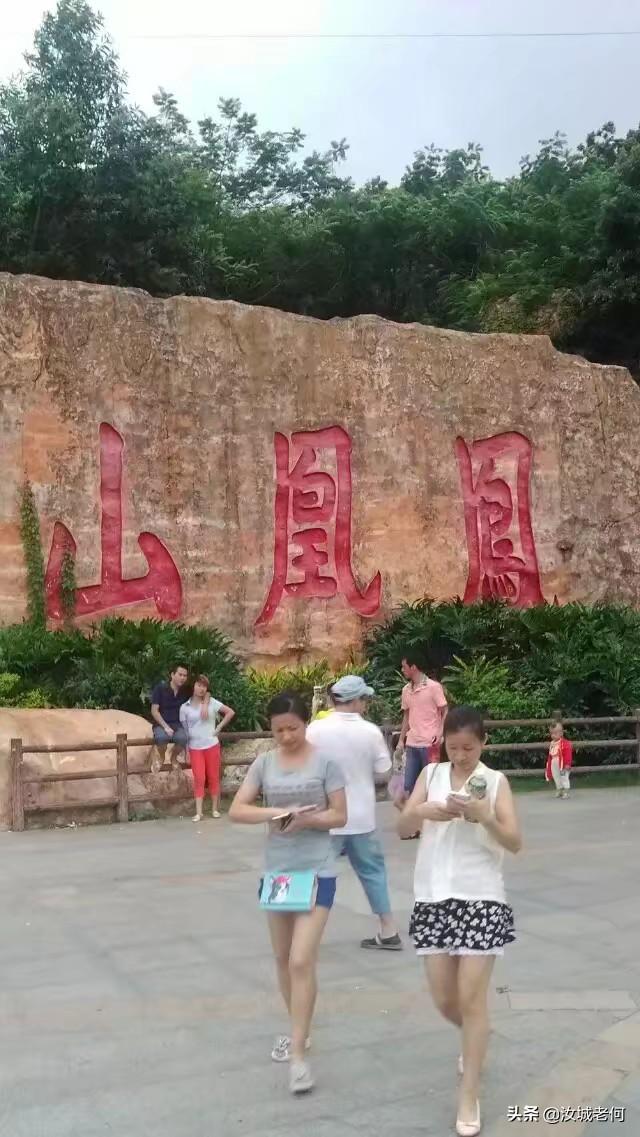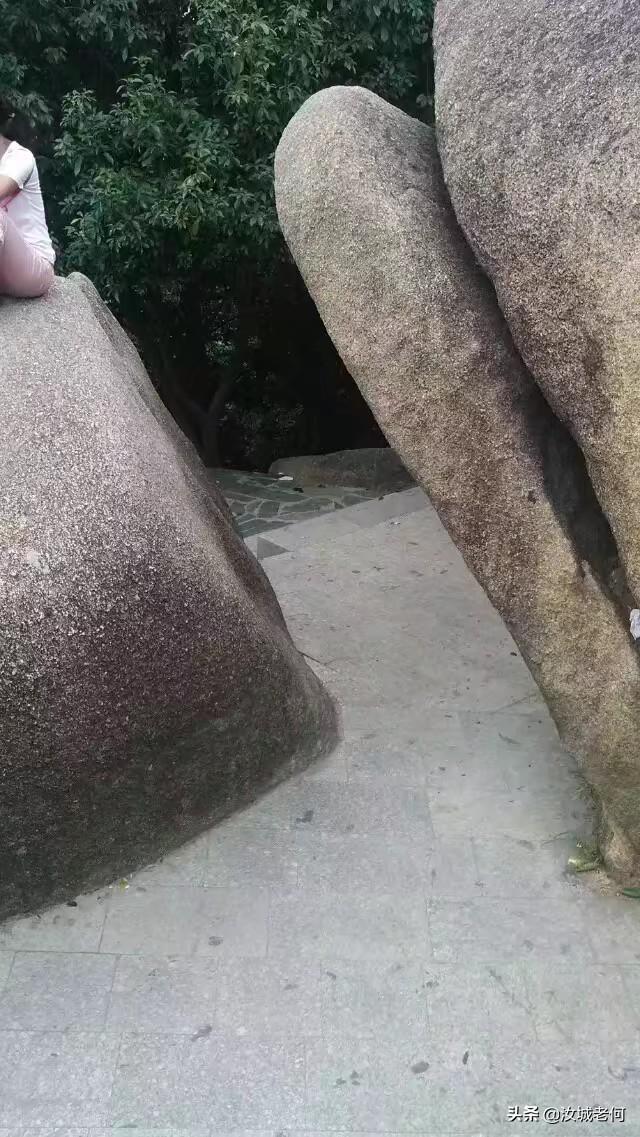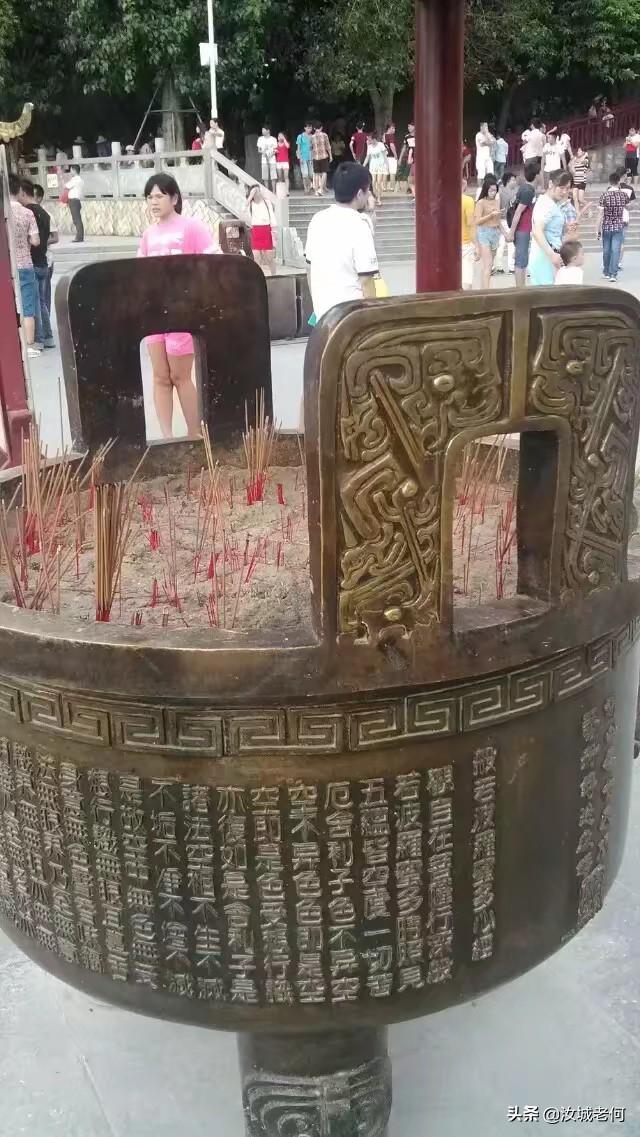- dnf搬砖职业(dnf搬砖职业排行榜前十名)
-
是阿修罗。阿修罗的搬砖手感最好是公认的,也是很多搬砖的玩家选择这个职业的原因。阿修罗的技能形态是非常适合于刷图的,技能范围大,伤害也比较高,冷却时间还不长。如果你做出了暗影9的话,那更是逆天,几乎是一...
- 韵达快递价格查询(韵达快递价格查询、运费计算)
-
10元。韵达快递快递收费标准1、广东、江苏、浙江、上海、山东首重10元/KG,续重3元/KG;2、江西、安徽、河南、河北、湖南、湖北、福建首重10元/KG,续重5元/KG;3、天津、安徽首重8元/KG...
- 网上购物都有哪些平台(网上购物网站有哪些)
-
看你的需求是那一类的。比如说是想要比较优惠的国际代购或者是国外的折扣品牌类的衣服化妆品等等一类的,推荐用洋码头这个app。这个app上的店家都是在当地出差过去或者是专门做国际代买,支持视频实时在线购买...
- 折叠自行车十大名牌(中国折叠自行车十大名牌)
-
推荐奥红大(AOHONgDACALIFORNIA﹐INC.)集团﹐自1948年在X本创建以来,一直率先推动环保的代步工具-----折叠自行车。并以自创品牌AOHONgda和SUDES!折叠自...
- 五子棋的技巧的诀窍(五子棋的简单诀窍)
-
关于这个问题,1.占领中心:尽量在棋盘中央占据优势位置,这样可以控制更多的空间。2.防守优先:在攻击时不要忘记防守,避免对方形成连五或其他连珠形式。3.制造威胁:通过排列棋子的方式制造威胁,迫使...
- 血糖高吃什么主食和菜最好(血糖高的人三餐吃什么主食)
-
1.主食这样吃①定量,每顿1拳头主食建议要定量,不可以吃太多也不可以吃太少。可以参照每顿一拳头的量(熟米饭)。吃过多会使血糖升高,过少会导致分解体内的脂肪和蛋白质,出现酮症酸中毒。②粗细搭配,全谷物、...
- 李幼斌老婆(李幼斌老婆张瑞琪照片高清)
-
不是,李幼斌的妻子是史兰芽,不是牛莉。史兰芽,1971年12月2日出生于浙江省杭州市余杭区,毕业于中央戏剧学院表演系,北京人民艺术剧院签约演员。2003年3月,史兰芽与李幼斌因拍摄《江山》结缘,开始恋...
- 卧薪尝胆的故事300字(卧薪尝胆的故事三百字)
-
春秋时期越王勾践被吴王夫差打败后,力图雪耻,激励自己,在屋内悬一苦胆出人、坐卧都要尝尝,使不忘受辱之苦。睡觉时不用床铺和被褥,睡在木柴上面,使不忘亡国之痛。经过这样多年的磨砺,终于使越国强盛起来,打败...
- 大冒险整人方法损招(大冒险有哪些整人方法)
-
把酱油和醋灌进水枪,冲他喷






